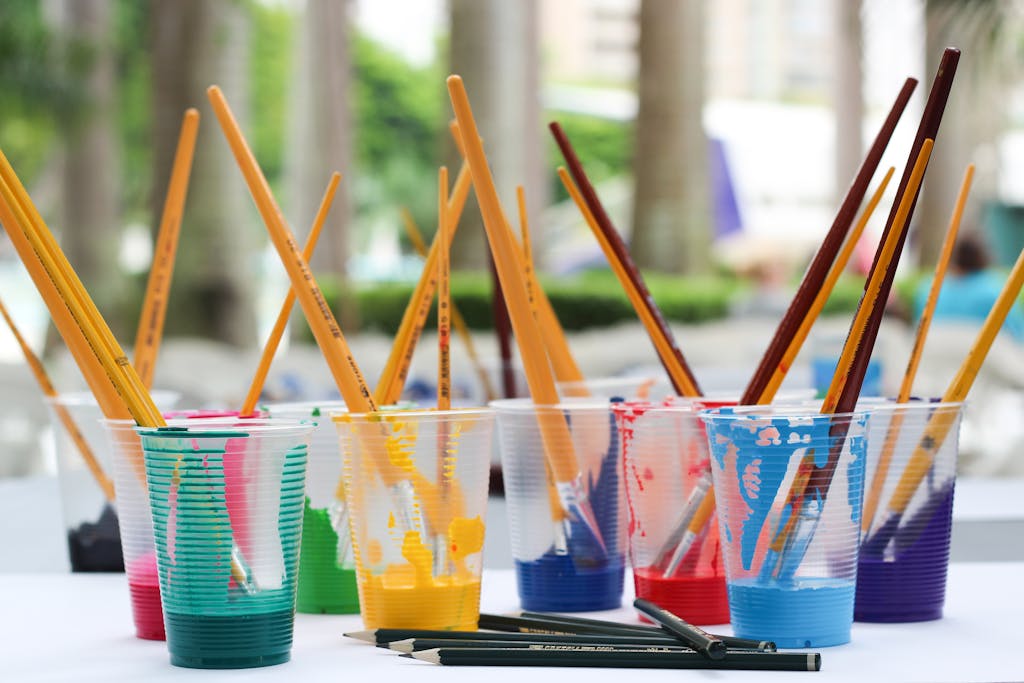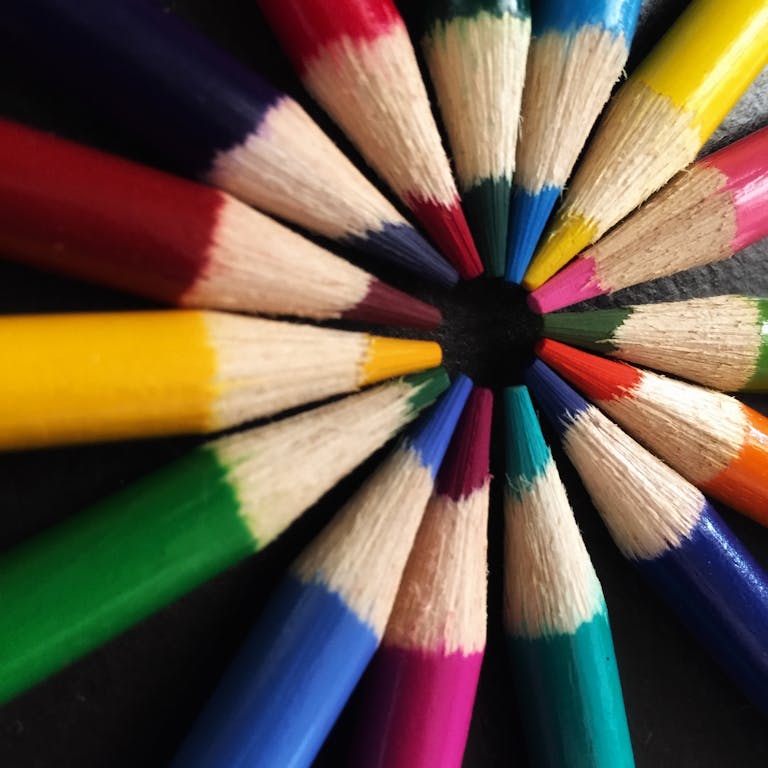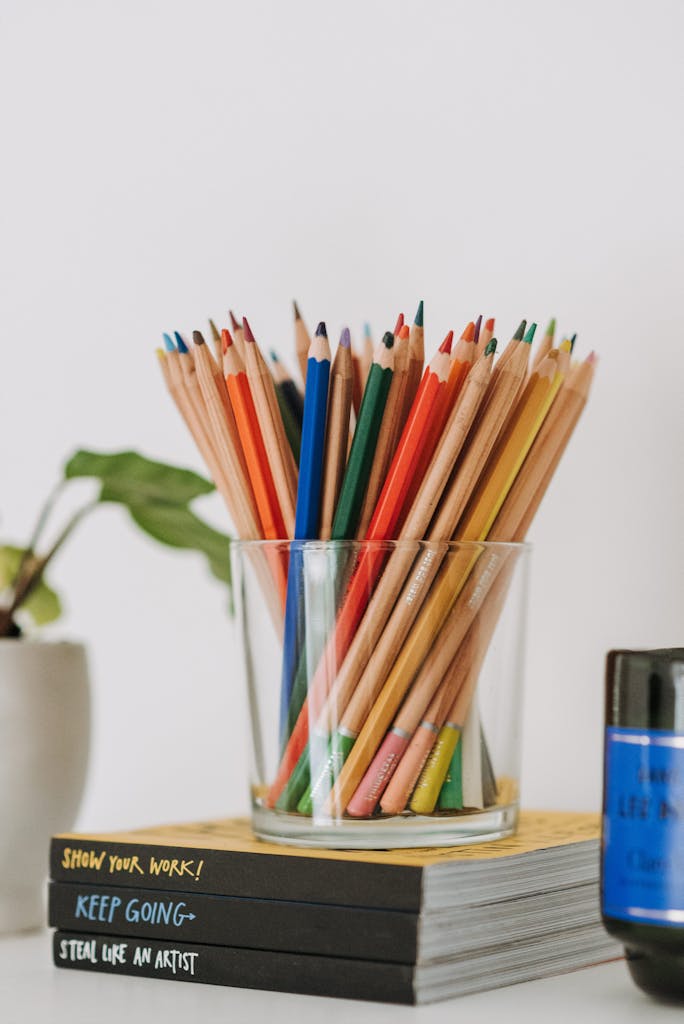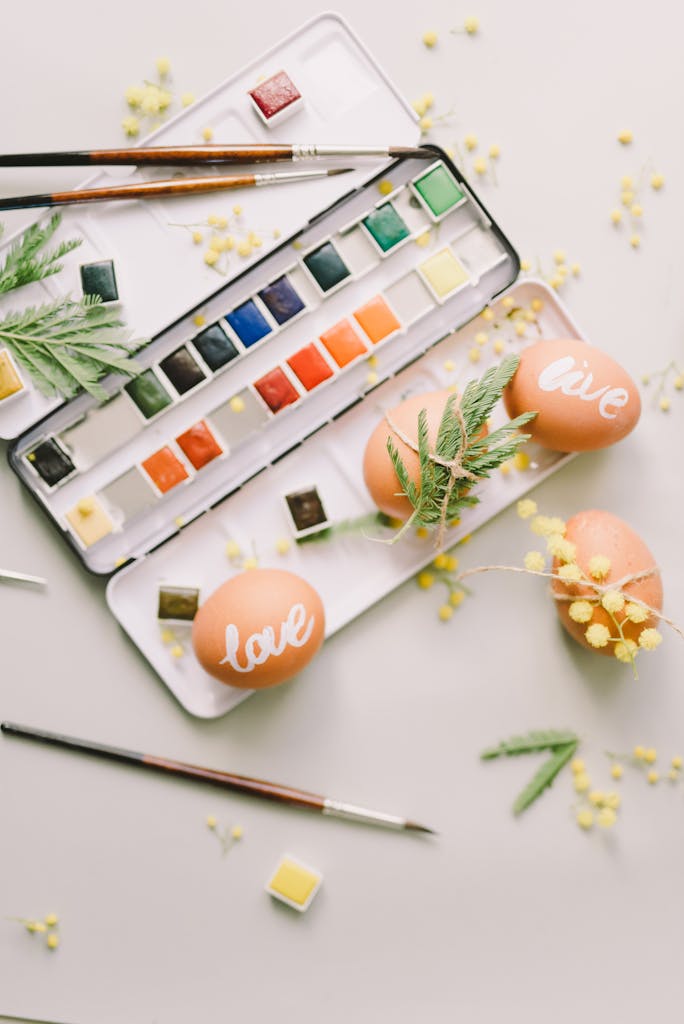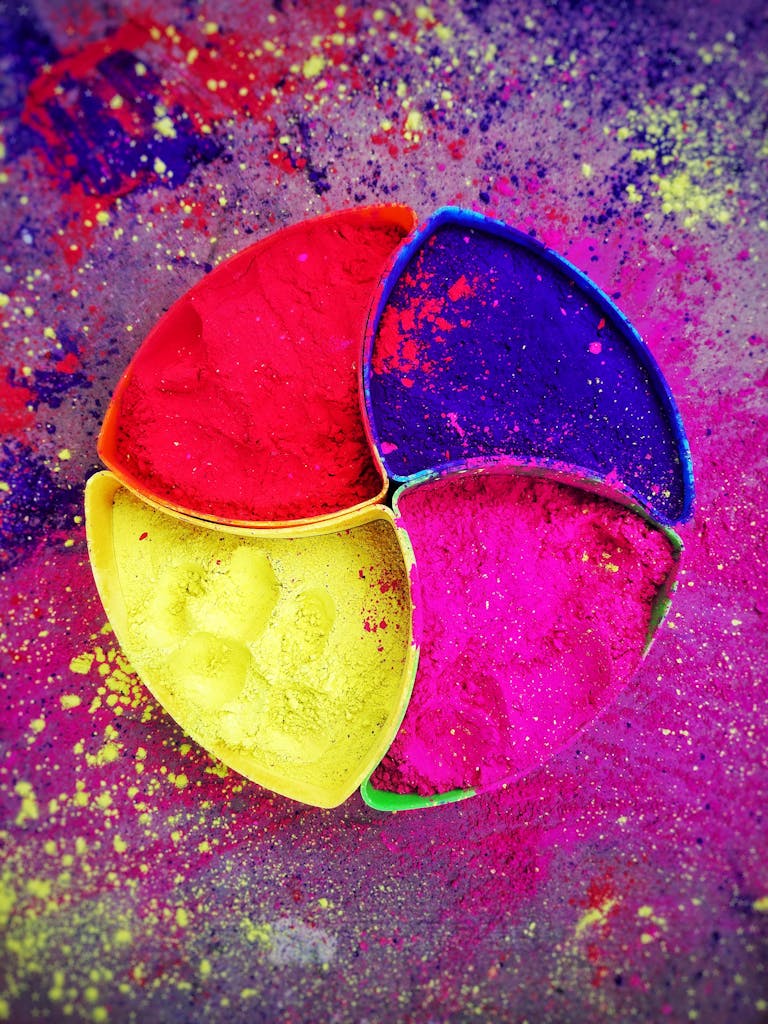How to Fix Mistakes on Your Coloring Pages Without Starting Over
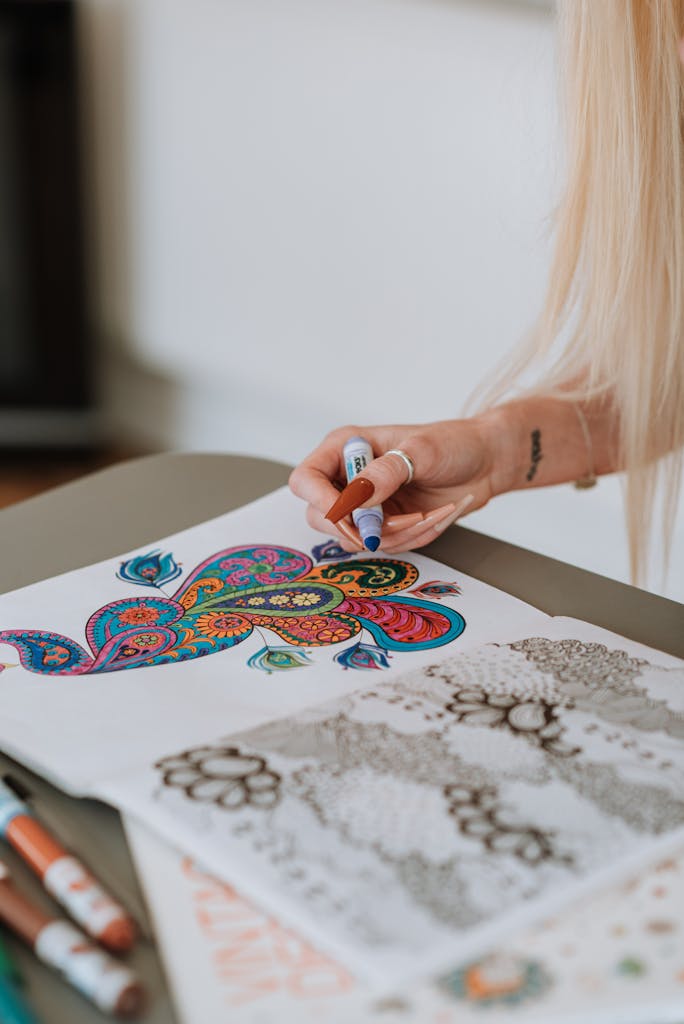
We’ve all been there. You’re deep into a coloring session, the vibes are immaculate, and then… disaster strikes. A marker bleeds outside the lines, a pencil smudge ruins your perfect blend, or you accidentally use the wrong color. Cue the panic.
But hold up before you crumple the page in frustration or start questioning your life choices, let’s take a beat. Mistakes happen. In fact, they’re part of the creative process.
And guess what? Most of them can be fixed or cleverly disguised without starting over.
This guide is here to save your sanity (and your coloring page) by showing you how to fix common coloring mistakes with ease.
Why Mistakes Aren’t the End of the World
First things first: let’s reframe how you see mistakes. They’re not failures—they’re challenges that help you grow as a colorist. Learning how to fix your mistakes will not only save your pages but also boost your confidence. Plus, some of the best art happens when you have to think outside the box.
The Tools You’ll Need to Fix Mistakes
Before we dive into techniques, make sure you have a few handy tools in your arsenal:
- Erasers: A soft eraser or kneaded eraser is great for lifting pencil marks.
- White Gel Pen: Perfect for covering up small smudges or adding highlights.
- Colorless Blender Marker: Helps smooth out uneven areas or blend colors seamlessly.
- Blending Tools: Cotton swabs, blending stumps, or even tissue for softening edges.
- Opaque White Paint: Think white acrylic paint or correction fluid for larger mistakes.
- Extra Coloring Tools: Keep your pencils, markers, or gel pens nearby to layer over fixes.
- Scrap Paper: For testing colors and techniques before applying them to your page.
Fixing Common Coloring Mistakes
Now that you’re equipped, let’s tackle some of the most common mistakes and how to fix them like a pro.
1. Bleeding Markers
Markers are bold, vibrant, and… notorious for bleeding outside the lines.
The Fix:
- For Small Bleeds: Use a white gel pen to cover the mistake. Layer the gel pen until the bleed is hidden, letting each layer dry before applying the next.
- For Larger Bleeds: Incorporate the mistake into your design. Extend the color into a shadow, pattern, or background element to make it look intentional.
- Prevention Tip: Always use a protective sheet under your page to catch bleed-through and test your markers on scrap paper first.
2. Wrong Color Choice
We’ve all picked the wrong shade of green for a leaf or accidentally grabbed red instead of pink.
The Fix:
- Layer and Blend: For pencils, layer a new color over the mistake to create a new shade. Markers can be blended with a colorless blender or a lighter shade of the same color family.
- Cover It Up: Use a gel pen, metallic pen, or glitter glue to turn the mistake into an accent.
- Get Creative: If the color is completely wrong, turn the element into something unexpected. That red leaf? Make it a flower instead!
3. Smudges and Streaks
Pencil smudges, marker streaks, and accidental fingerprints can happen to the best of us.
The Fix:
- For Pencil Smudges: Use a kneaded eraser to lift the pigment gently. For larger smudges, erase as much as possible, then layer over it with a clean pencil.
- For Marker Streaks: Go over the area with a colorless blender marker or a lighter shade to smooth it out.
- For Fingerprints: Use a soft eraser to clean the area, then layer lightly with your coloring tool.
Pro Tip: Wash your hands before coloring to prevent oils from transferring to the page.
4. Uneven Blending
Blending is an art—and sometimes it doesn’t go as planned.
The Fix:
- For Pencils: Use a blending tool like a stump, tissue, or even a cotton swab to smooth out the transitions. Add more layers of color as needed.
- For Markers: Apply a light layer of the lighter shade over the transition area to smooth it out. Work quickly to blend before the ink dries.
- Add Texture: If blending isn’t working, turn the area into a textured element, like fur or bark, to disguise the unevenness.
5. Accidentally Coloring Outside the Lines
Oops! A rogue pencil stroke or marker line can happen to anyone.
The Fix:
- White Gel Pen: Cover the stray line with a white gel pen. Let it dry, then layer over it with the background color.
- Camouflage: Incorporate the mistake into your design. Add a shadow, border, or decorative element to mask it.
Pro Tip: For intricate designs, use a sticky note or piece of scrap paper as a guide to protect nearby areas.
6. Overworked Paper
If you’ve layered or erased too much, your paper might start to pill or tear.
The Fix:
- Patch It Up: Apply a small amount of clear drying glue to smooth out the area. Let it dry completely before coloring over it.
- Cover It: Use opaque white paint or a sticker to hide the damage, then decorate the patch to match your design.
- Prevention Tip: Use light layers and avoid pressing too hard to prevent overworking your paper.
7. Color Fades Over Time
Ever finished a piece, only to notice the colors look dull a few weeks later?
The Fix:
- Seal It: Spray your page with a fixative designed for colored pencils, markers, or mixed media. This helps preserve vibrancy and prevent smudging.
- Store Carefully: Keep your pages away from direct sunlight and moisture. Use a portfolio or plastic sleeve for long-term storage.
8. Uneven Backgrounds
Backgrounds can make or break a design—but they’re also tricky to nail.
The Fix:
- For Pencils: Use circular motions and light pressure to even out the color. Blend with a tissue or blending stump for a smooth finish.
- For Markers: Apply color in long, overlapping strokes. If streaks persist, go over the area with a colorless blender.
- Add Texture: If all else fails, turn the background into a textured element like clouds, wood grain, or abstract patterns.
Bonus Tips for Fixing Mistakes
Plan Before You Start: Take a moment to plan your colors and techniques before diving in. A little prep can save you from big mistakes later.
Test Everything: Always test your colors, blending techniques, and tools on scrap paper before applying them to your page.
Have a Backup Plan: If you’re working on a page you really love, consider scanning or photocopying it before you start. That way, you’ll have a backup if something goes wrong.
Turning Mistakes Into Masterpieces
Here’s the thing about mistakes: they don’t have to be the end of the road.
In fact, they can lead to some of the most creative solutions. Whether it’s turning a smudge into a shadow or transforming a wrong color into a bold statement, every mistake is an opportunity to think outside the box.
Remember, coloring is supposed to be fun. It’s not about being perfect, it’s about expressing yourself and enjoying the process. So, the next time you mess up, take a deep breath, grab your tools, and fix it like the creative genius you are.

